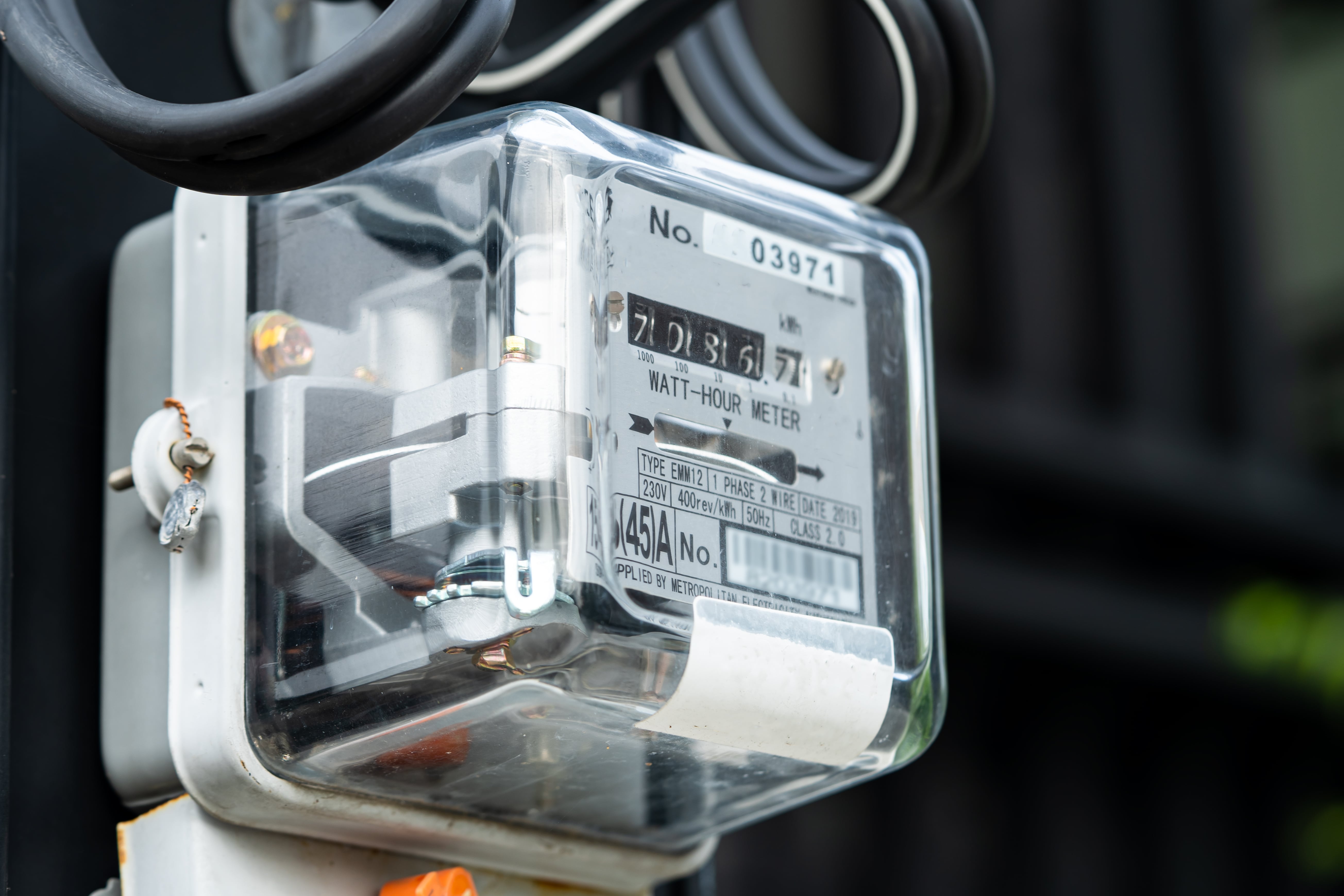The biggest change to energy billing in decades, and your business will likely be affected. Find out how to prepare below.
MHHS will apply to most non-domestic electricity users in the UK. That includes SMEs, large businesses, and organisations that don’t currently use half-hourly meters. Use the tool to find out your status in seconds.
The Market-wide Half Hourly Settlement (MHHS) is a major reform led by Ofgem that will change how energy usage is measured and billed across the UK.
Under MHHS, all businesses will gradually switch from estimated or manual readings to automated half-hourly electricity settlements, meaning your usage will be recorded in 30-minute intervals.
This change aims to make billing more accurate, support smarter tariffs, and help the UK move closer to Net Zero.
Not sure what kind of meter your business has, or should have? Here’s a quick breakdown of the key differences between Half-Hourly and Non-Half-Hourly meters.
The Market-wide Half Hourly Settlement isn’t just a regulatory shift, it’s a chance to modernise how your business uses and pays for electricity.


Elexon helms the transformation, redeveloping BSC central systems via its Helix Programme, launching services like Load Shaping, Market‑wide Data & Volume Allocation.
Multiple working groups (Design, Architecture, Settlement Assurance) support technical design and validation.
ElectraLink continues supplying large‑meter data during and post‑migration to ensure continuity. Elex
The UK energy market is about to undergo its most significant shake-up in decades. Over 30 million meters must transition to the MHHS model, yet, as of now, nearly half aren’t ready.
While smart meter adoption has improved, only 57% of meters are smart or advanced. That leaves millions of non-compliant sites that need upgrading, replacing, or reclassifying.
But with final deadlines on the horizon, there’s now pressure on suppliers and brokers to educate, guide and migrate customers, before it’s too late.
Pre‑migration data cleansing (Feb 2023–Oct 2024) ensures accurate MPAN mapping and measurement class alignment, essential for smooth switchover
All existing unmetered supplies must be HH by end of 2024; export MPANs now require HH meters post‑MHHS implementation
P477 modification, implemented March 7 2025, secures personal data handling under GDPR within MHHS
The IRG (Issue Resolution Group) under modification P492 streamlines code changes during key milestones (M15), launched July 2025
No – a one‑way gate from Oct 2024 locks migrated MPANs into HH settlement to prevent backtracking